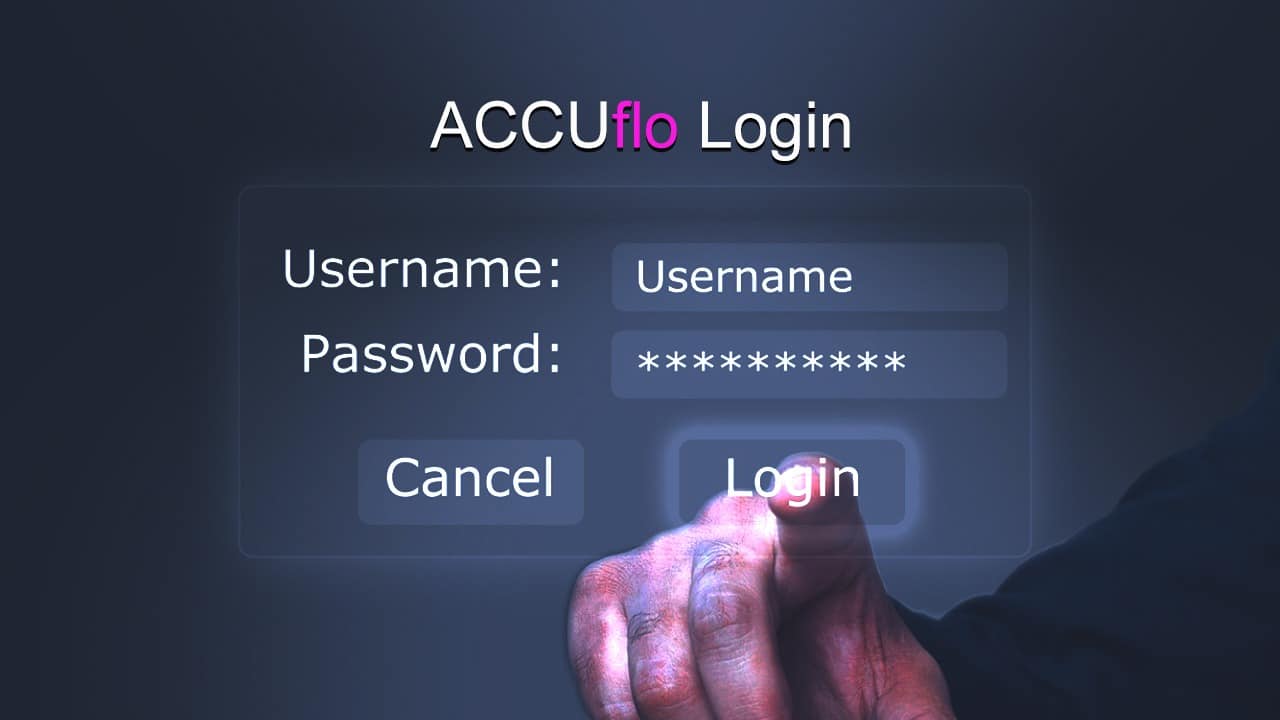In recent years our lives have shifted online more than ever. It has impacted every aspect of our lives, from conducting simple everyday tasks to the transformation of business operations. We have all found ways to benefit from this rapid development of technology and the internet. Not only can you arrange a meeting with a hairdresser or doctor in a few clicks or find the product or service you wanted in a few minutes, but companies can also reach an entirely new set of clients. Unfortunately, not only individuals and companies have taken advantage of technological developments, but various fraudsters and cybercriminals have also found a way to use it for their malicious actions.
Any business that has an online presence is in danger of becoming a victim of a fraud attempt. But this doesn’t mean they need to start avoiding technological benefits to protect themselves; they just need to stay ahead of the fraudsters. It is imperative businesses implement proper fraud detection and prevention strategy if they want to win in this game of cat and mouse with fraudsters.
The most common online dangers
Because not all businesses will face the same online dangers, they should tailor their fraud detection strategy to their specific needs. To do so, you need to familiarize yourself with the most prevalent online risks that might directly damage your business.
While there are many different types of fraud that can affect your business or organization, there are some that are more common than the others:
Ransomware: With this type of fraud, fraudsters will demand a ransom to release the data they have encrypted or even blocked. Businesses are left struggling to decide between paying the ransom or losing the business data. With the development of technology, ransomware attacks are happening more often, with fraudsters demanding bigger and bolder ransoms.
Phishing: This is not only one of the most common fraud types but also one of the most malicious as it exploits peoples’ trust. It happens when a fraudster pretends to be someone you trust to trick you into disclosing sensitive information.
Card not present fraud: This type of fraud usually ends in a chargeback request from a legitimate card owner, resulting in various issues for the business. Not only do they have to reverse the transaction, lose the revenue and a product, but it can also cause reputation damage.
Account takeover: This happens when fraudsters manage to gain access to confidential account details and use that login for their personal benefit.
Data breach: This happens when cybercriminals use malicious actions to gain access to confidential or protected data and expose it to unauthorized people. In 2021, there has been an increase of more than 70 percent in data breaches compared to 2020, and the number doesn’t seem like slowing down.
What can you do to protect your business?
Knowing which dangers you face is the step in the right direction for protecting your business and its customers. But, just knowing the dangers is not enough. Start taking the necessary action and mitigate the risks.
1. Regular security audits.
Conducting regular security audits will help you discover where the danger is coming from and if there are any vulnerabilities in your network that might open the doors for them.
2. Educate your employees
The human factor is one of the biggest risks in any company, especially regarding the phishing attack. If your employees are aware of the dangers they face and how they can recognize them, they will be more capable and vigilant in fighting against them.
3. Implement a password policy for your employees and clients
Passwords are key to your accounts, and if fraudsters manage to gain access to them, they can cause significant damage. This can be especially dangerous if you use the same or similar passwords for all of your accounts.
4. Implement a cybersecurity strategy
Believing you won’t become a victim is not enough, and you need to start actively protecting yourself against online dangers. Use the knowledge from security audits and develop cybersecurity strategies that will work for your business.
5. Keep your cybersecurity protocols updated
Implementing cybersecurity protocols is not enough; you need to ensure you keep them up to date to reduce the risk of fraud. Fraudsters constantly update their attacks, and relying on tools that are not updated will do you no good.
Every business owner wants to make sure their business becomes and stays successful, and cybersecurity plays a big part. Follow the advice above and protect your business.







































